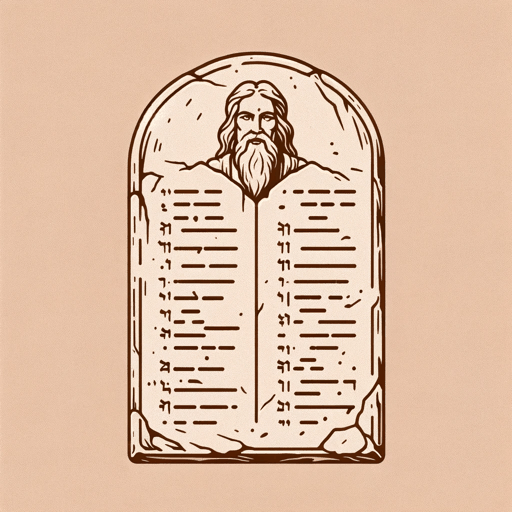18 pages • 36 minutes read
AnonymousDo Not Stand at My Grave and Weep
Fiction | Poem | Adult | Published in 1930A modern alternative to SparkNotes and CliffsNotes, SuperSummary offers high-quality Study Guides with detailed chapter summaries and analysis of major themes, characters, and more.
Poem Analysis
Analysis: “Do Not Stand at My Grave and Weep”
While countless variants and interpretations of “Do Not Stand By My Grave and Weep” continue to appear, the 1934 publication entitled “Immortality” stands as the earliest printed version. Its effect as a poem of consolation resonates outside academic or even artistic contexts. A combination of sound, image, and sentiment convey hope and sympathy without grounding the poem in any religious or cultural tradition, making it accessible for all readers.
The poem works from the elegy tradition, but as an anti-elegy. In this work, the speaker focuses on the persistence of the life-force in nature against the finality of death. Ostensibly the voice of the deceased loved one, the speaker addresses the reader assumed as the grieving beloved. The intimate conversation between two individuals who loved but parted through death draws in the reader, but not as an eavesdropper. The direct address form casts the reader in the role of the beloved, allowing each reader to imagine the speaking voice might belong to their own lost loved one.
Effective syntax keeps the poem vibrant and in motion throughout. The reader receives a nearly impossible task in the first two lines, the instruction not to mourn.
Related Titles
By Anonymous

Arabian Nights
Anonymous

Arden of Faversham
Anonymous

A Woman in Berlin
Anonymous

Bible: New Testament: English Standard Version
Anonymous

Bible: Old Testament: English Standard Version
Anonymous

Deuteronomy
Anonymous

Diary of an Oxygen Thief
Anonymous

Everyman
Anonymous

Hebrew Bible
Anonymous

Holy Bible
Anonymous

Homeric Hymns
Anonymous

Judith
Anonymous

Laxdaela Saga
Anonymous

Lazarillo De Tormes
Anonymous

Mahabharata
Anonymous

Nibelungenlied
Anonymous

Njals Saga
Anonymous

One Thousand and One Nights
Anonymous

Popol Vuh
Anonymous

Sir Gawain and the Green Knight
Anonymous

